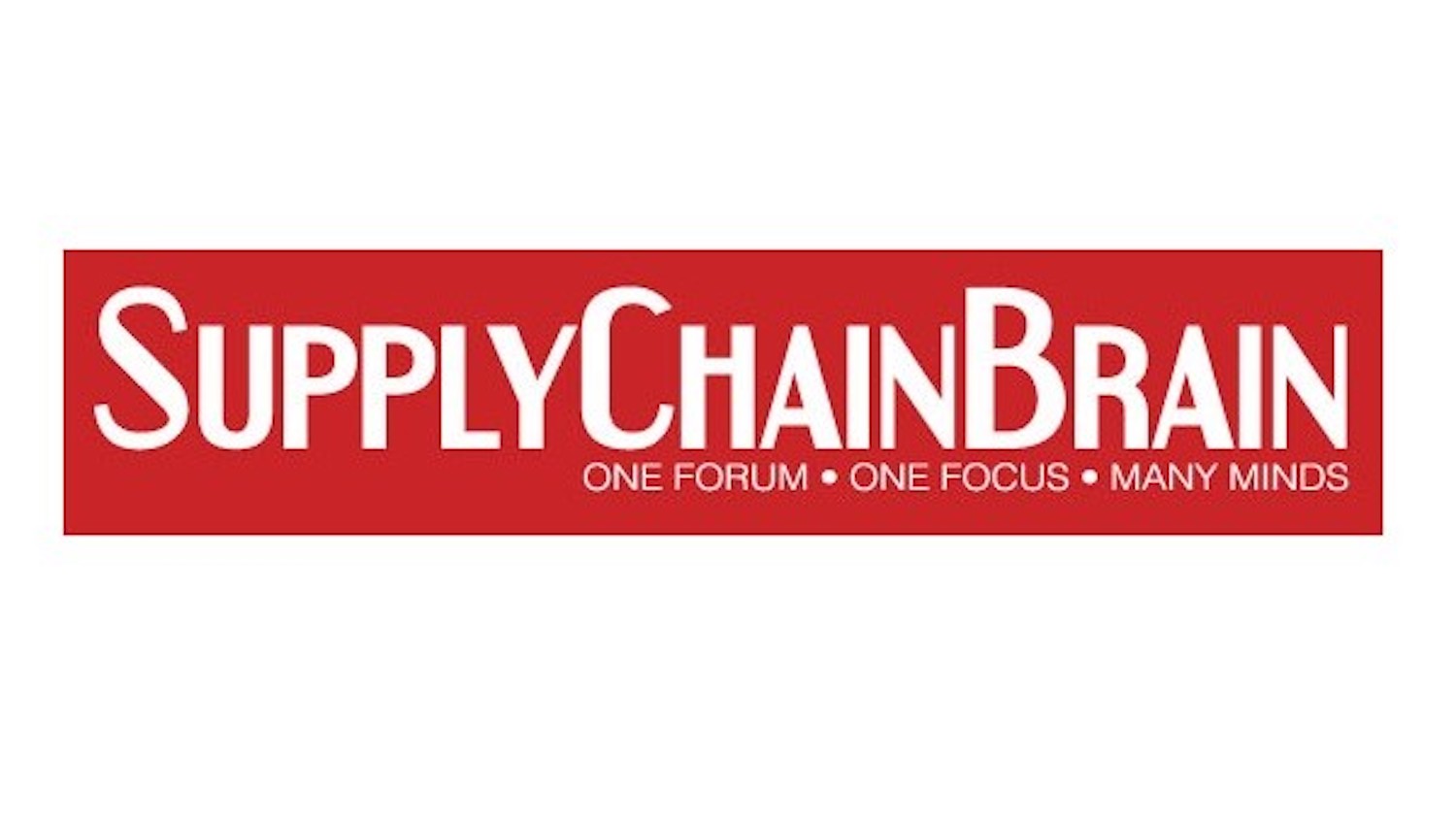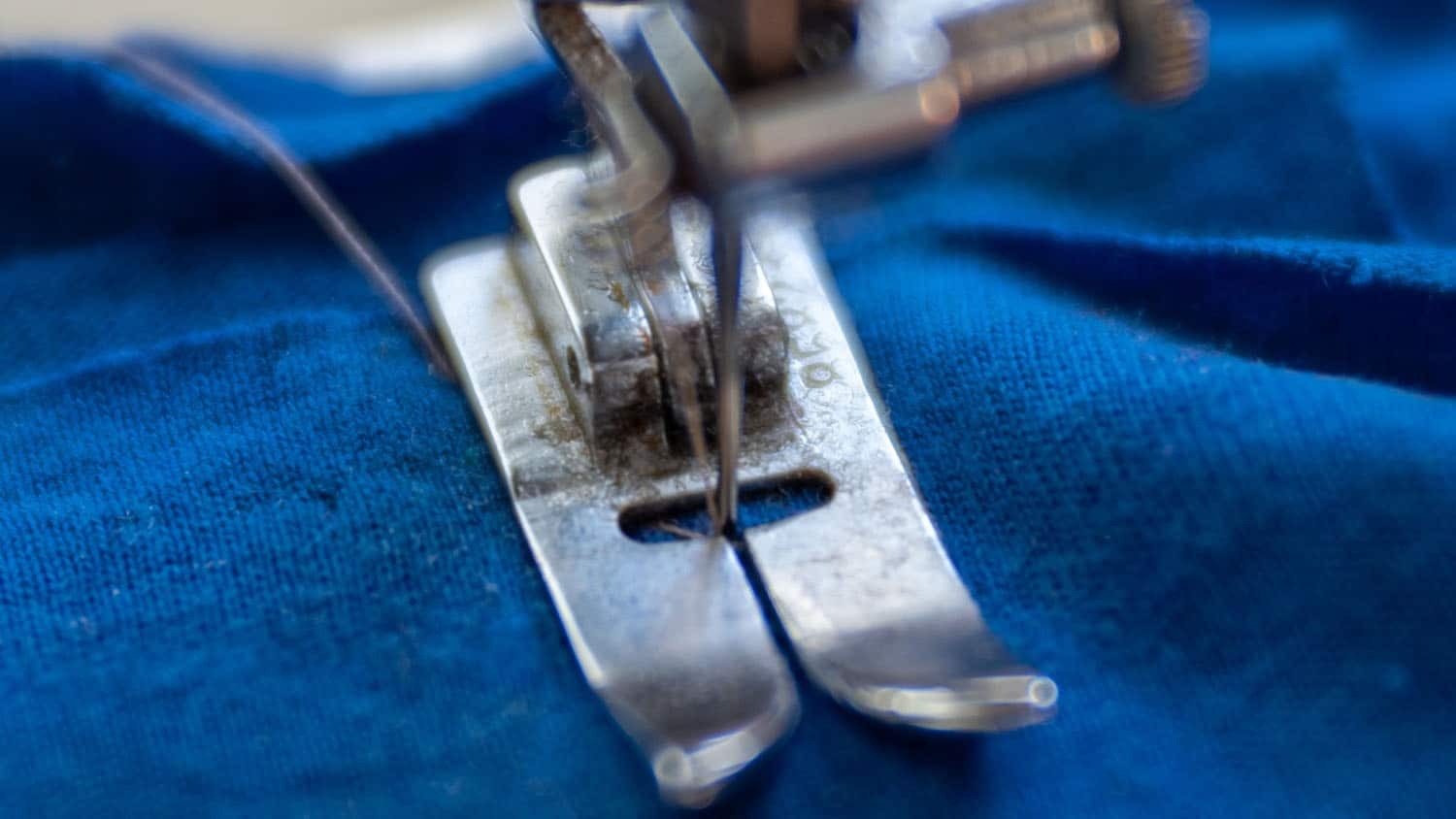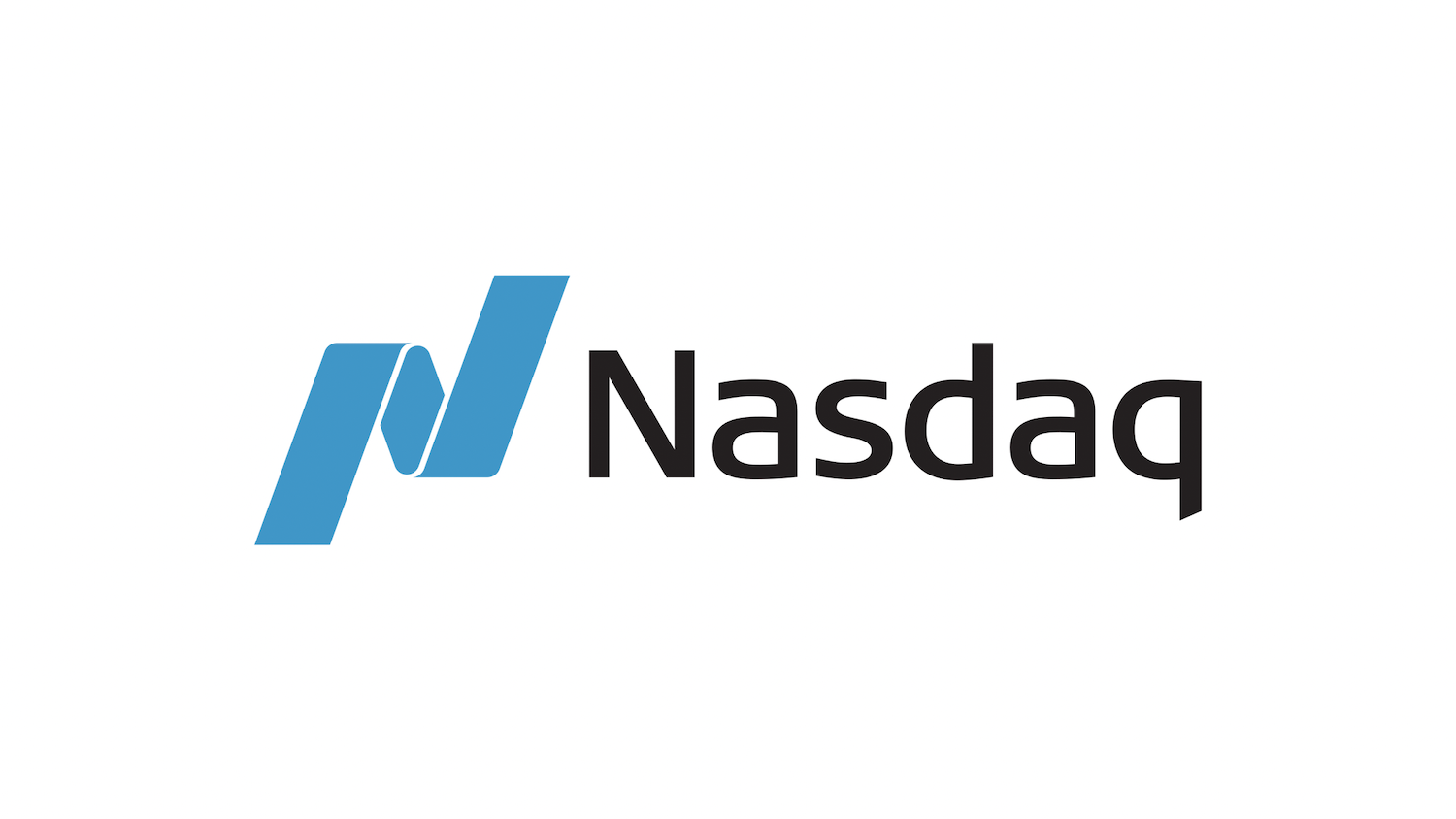Consumer Pressure Is Key to Fixing Dire Labor Conditions in the Clothing Supply Chain

Originally published on November 02, 2022, in the Harvard Business Review – Operations And Supply Chain Management
by Robert Handfield, Tim Kraft, and Marguerite Moore
SUMMARY
The plethora of different audit systems and standards for assessing labor practices in factories in the apparel supply chain continues to produce disappointing improvements in working conditions. An approach under development would change that by using data from different audit methods to create simple information that consumers could easily understand. By doing so, it would harness the voice of the consumer in an effort to improve labor practices.
Despite decades of efforts and numerous initiatives to improve labor practices in apparel supply chains, worker rights violations continue to be rampant in low-cost countries. Increasing pressure from advocacy groups, financial analysts, and the media to address such incidents has led Western brands, NGOs, and third-party certification bodies to develop a plethora of diverse auditing programs that vary in terms of goals, scope, and commitment.
However, the potpourri of assessments (certifications, third-party audits, brand audits, and self-assessment audits) remain ineffective, and in fact conditions in many factories appear to be getting worse since the pandemic began. Audits and assessments are difficult for factory owners to navigate and have contributed to the high levels of audit fatigue seen throughout the industry. In our interviews with factory owners, we discovered that Tier 1 facilities dedicate extensive resources and personnel to ensure that they pass the variety of audits they are subject to throughout the year. But somehow, these audits are not curtailing many of the fundamental human rights violations in extended apparel supply networks.
The complexity behind social compliance assessments needs to be reduced. To that end, our multi-disciplinary research team at North Carolina State University is developing a simplified system — which we call the Ethical Apparel Index (EAI) — to demystify the vast amount of audit data being collected and enhance transparency in the apparel industry. The essential framework for this index has been developed and we are preparing to conduct a pilot test next year through a partnership with a variety of brands, retailers, and factory owners across the globe.
Today, the outcomes of apparel factory audits are invisible to consumers, yet we know that many consumer segments, especially younger consumers, are eager to support producers who respect human rights in apparel production. This means that brands that mandate human rights compliance in factories throughout their supply chains are not getting rewarded in the marketplace. To remedy this problem, we developed a highly structured coding process that synthesizes the multitude of audit outcomes into a simplified message that can then easily be communicated to consumers.
Our goal is to make it possible for a consumer who is considering whether to buy a garment to scan a QR code that would take them to a simple, easy-to-understand summary of the ethical production performance of the factory that made the garment. This summary would let consumers know that they can trust that the brand is doing its best to improve its suppliers’ factory conditions. It is our belief that this type of “market pull” mechanism will be far more effective than regulatory compliance “push” mechanisms in driving change in apparel supply chains. In doing so, we seek to create an independent source of truth based on the best available information that already exists; it would simplify the data produced by a plethora of methods for assessing factories that manufacture garments sold in retail channels.


